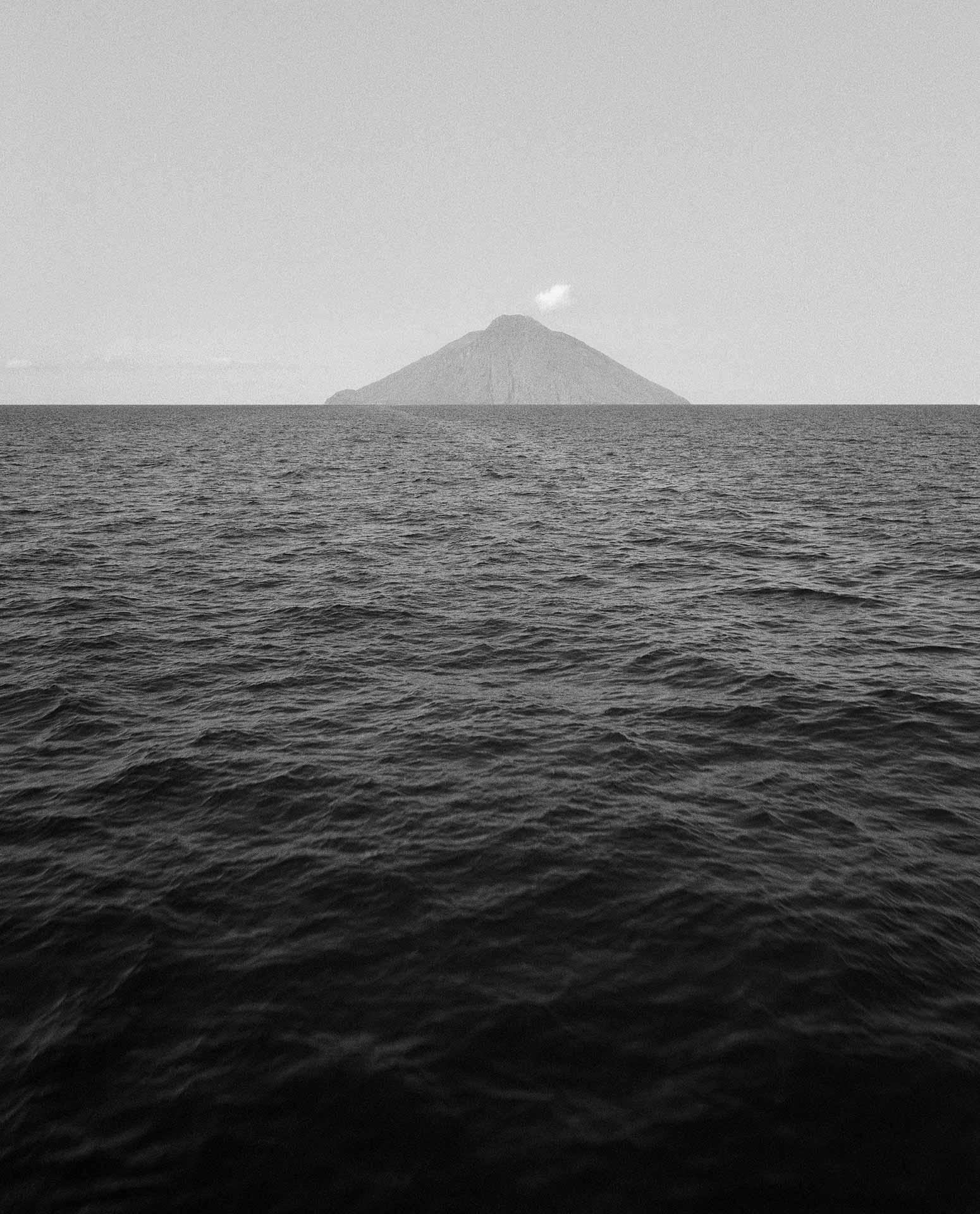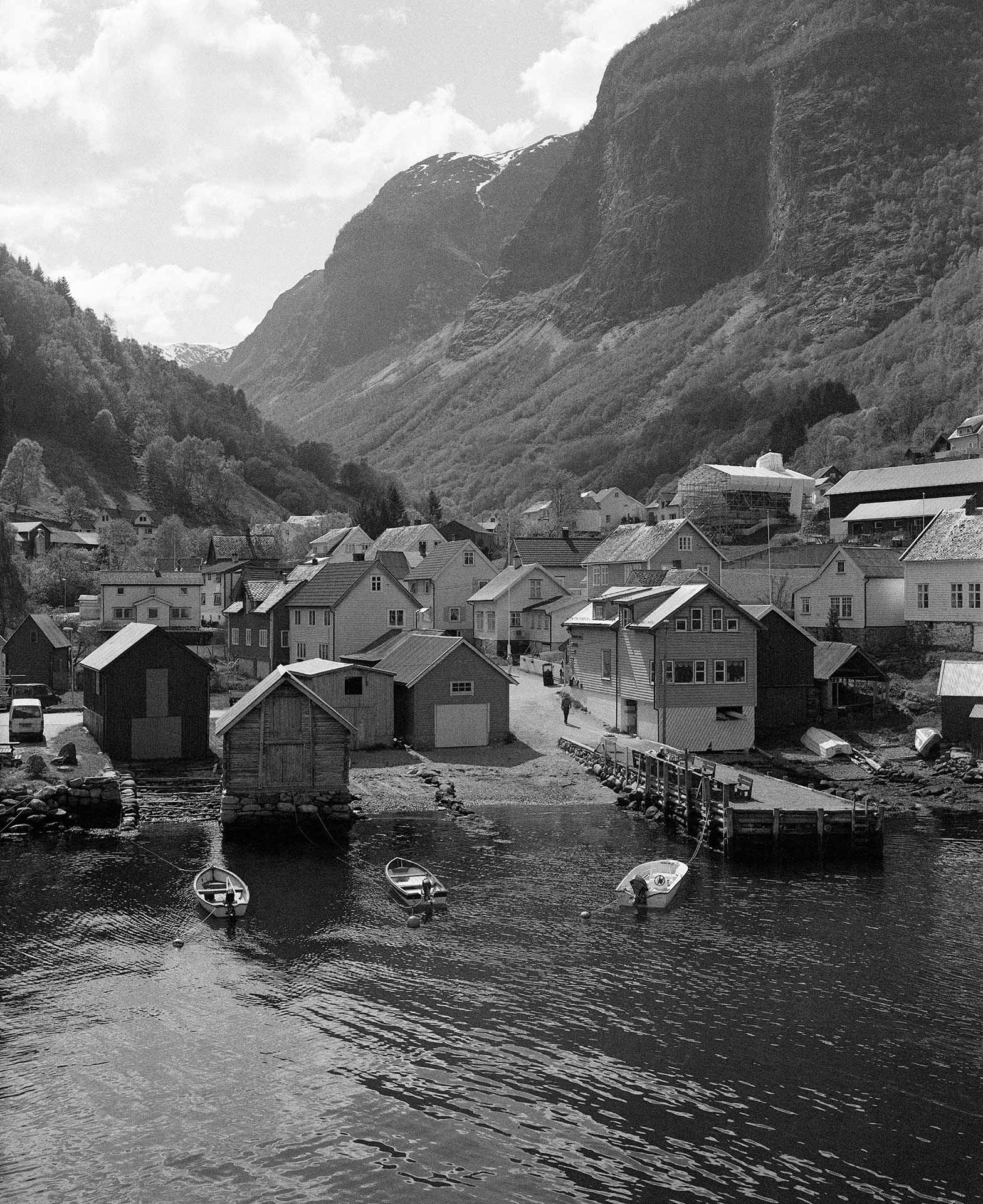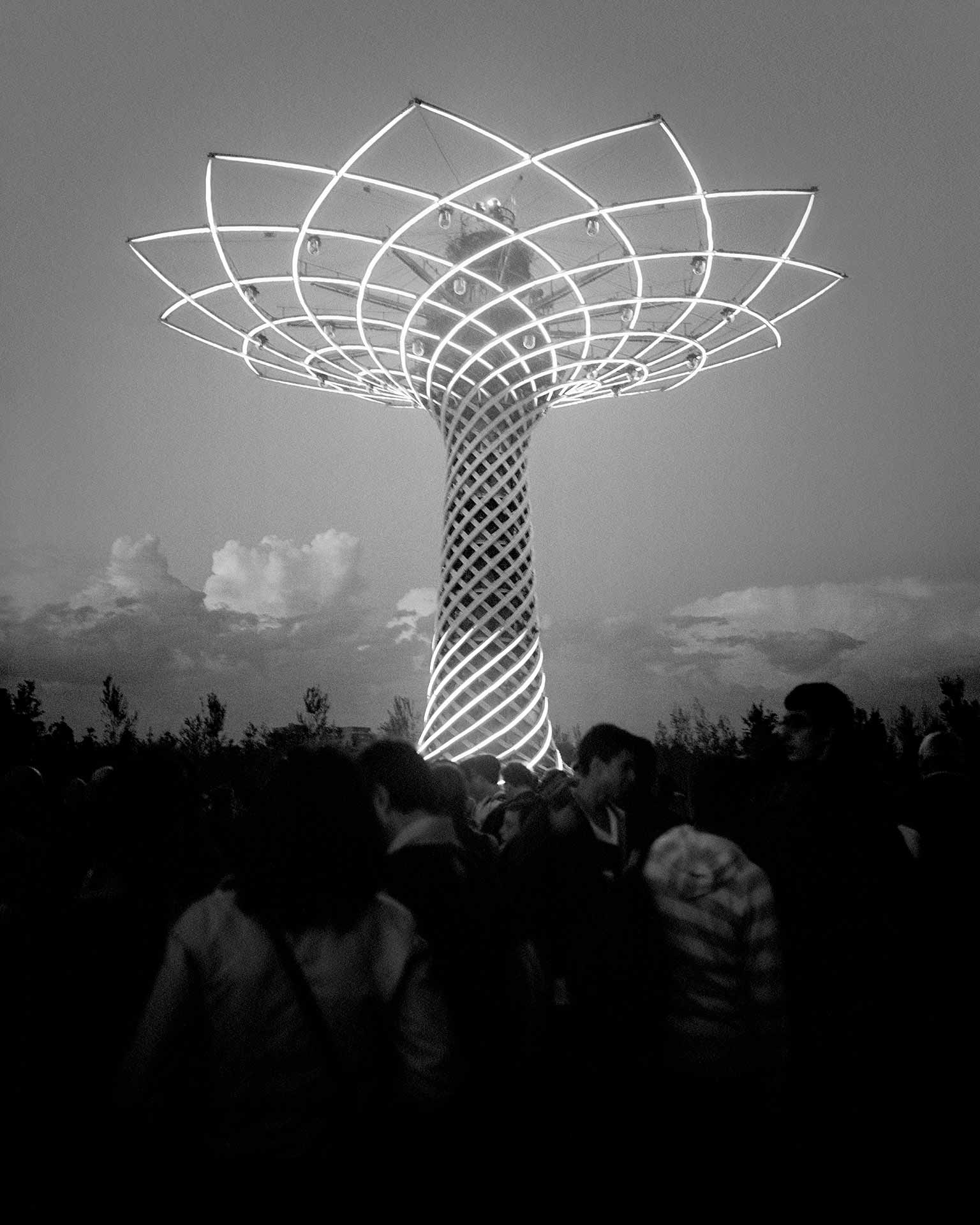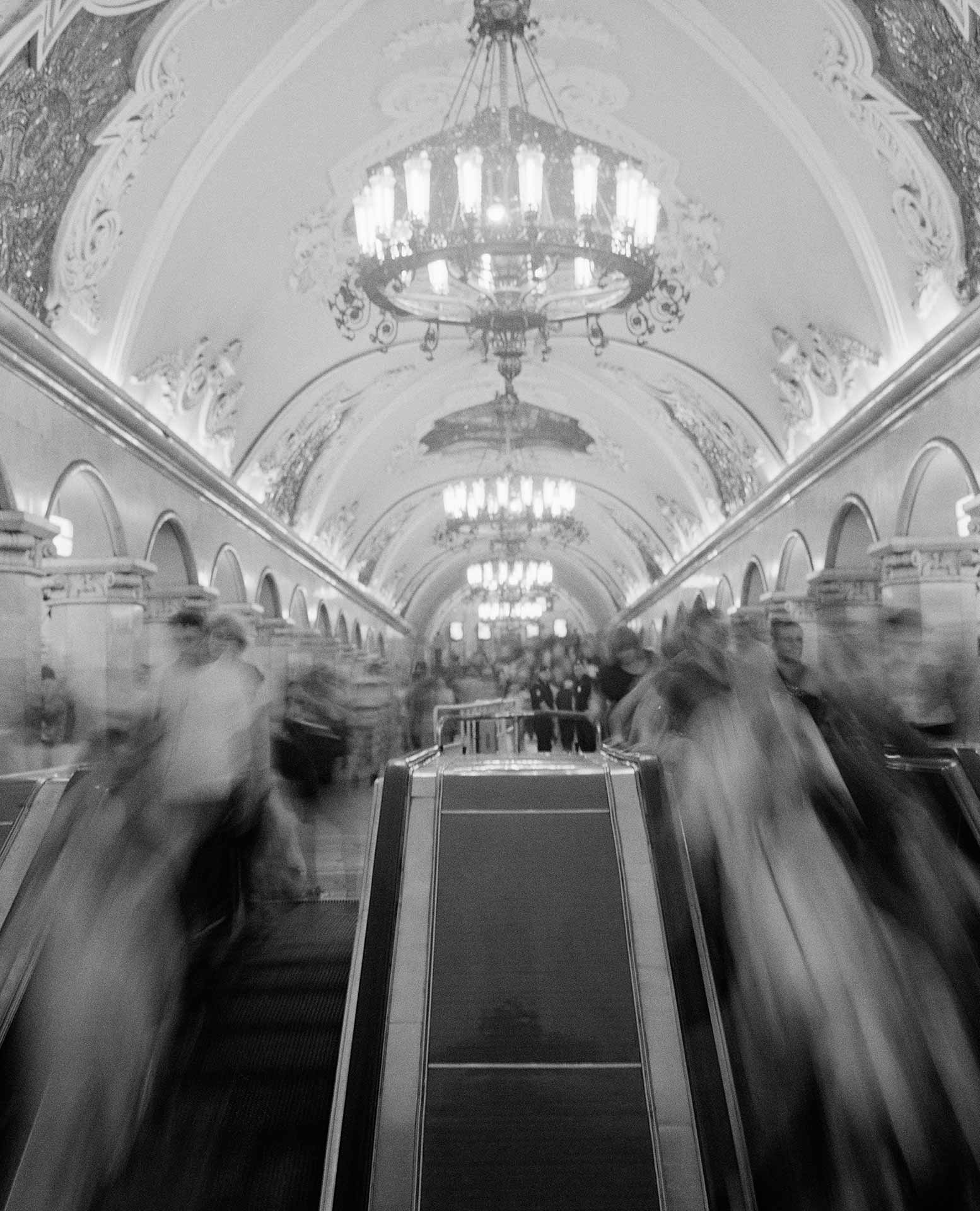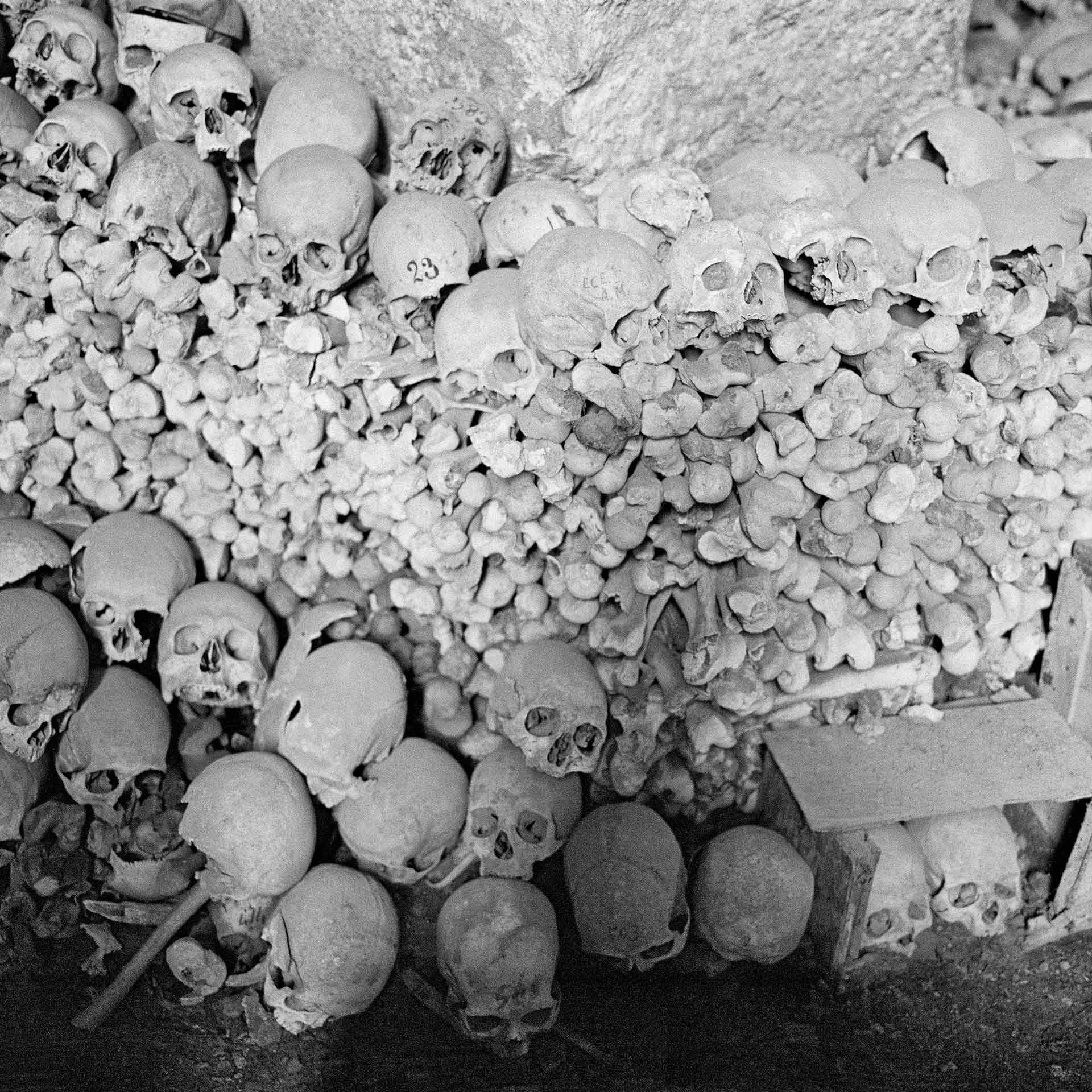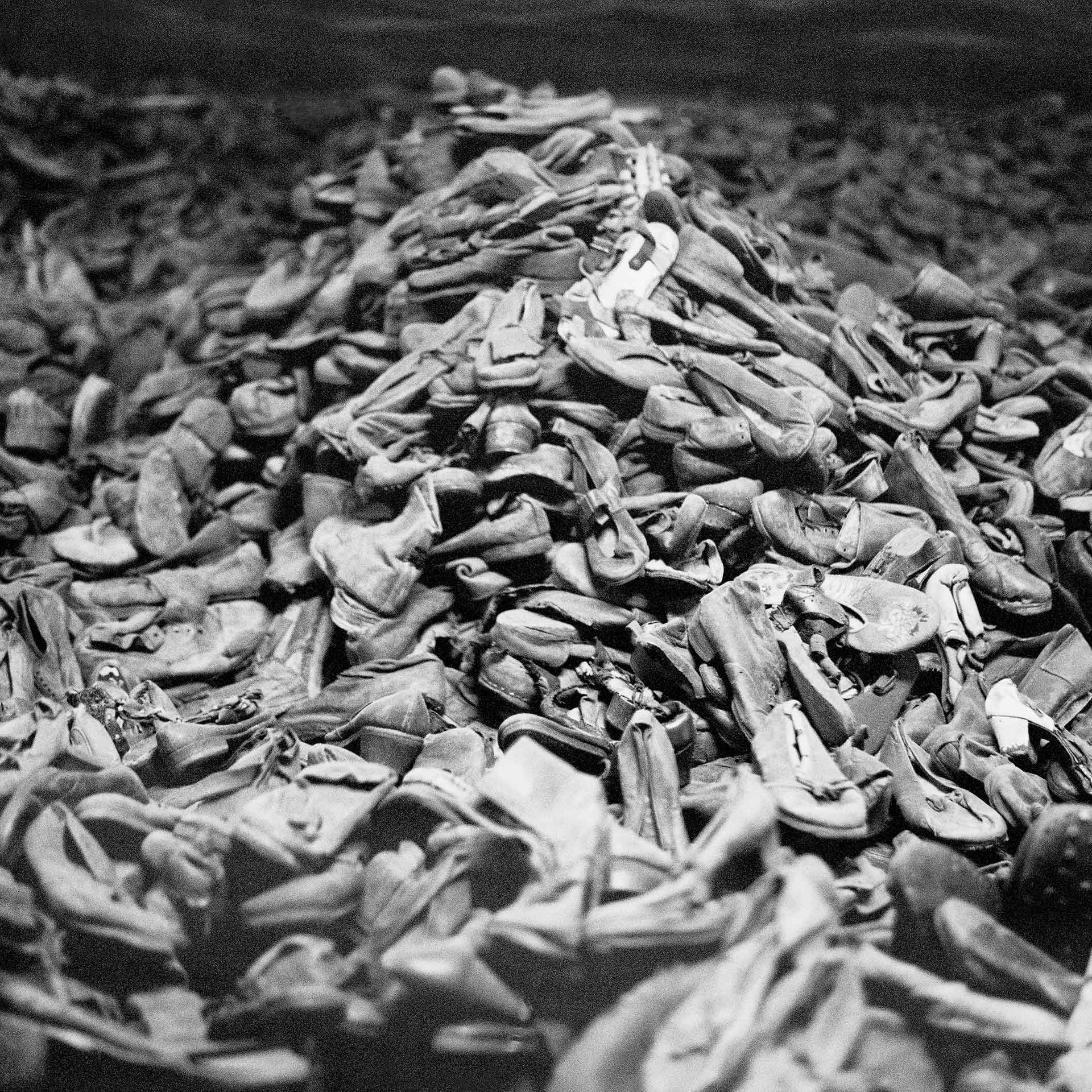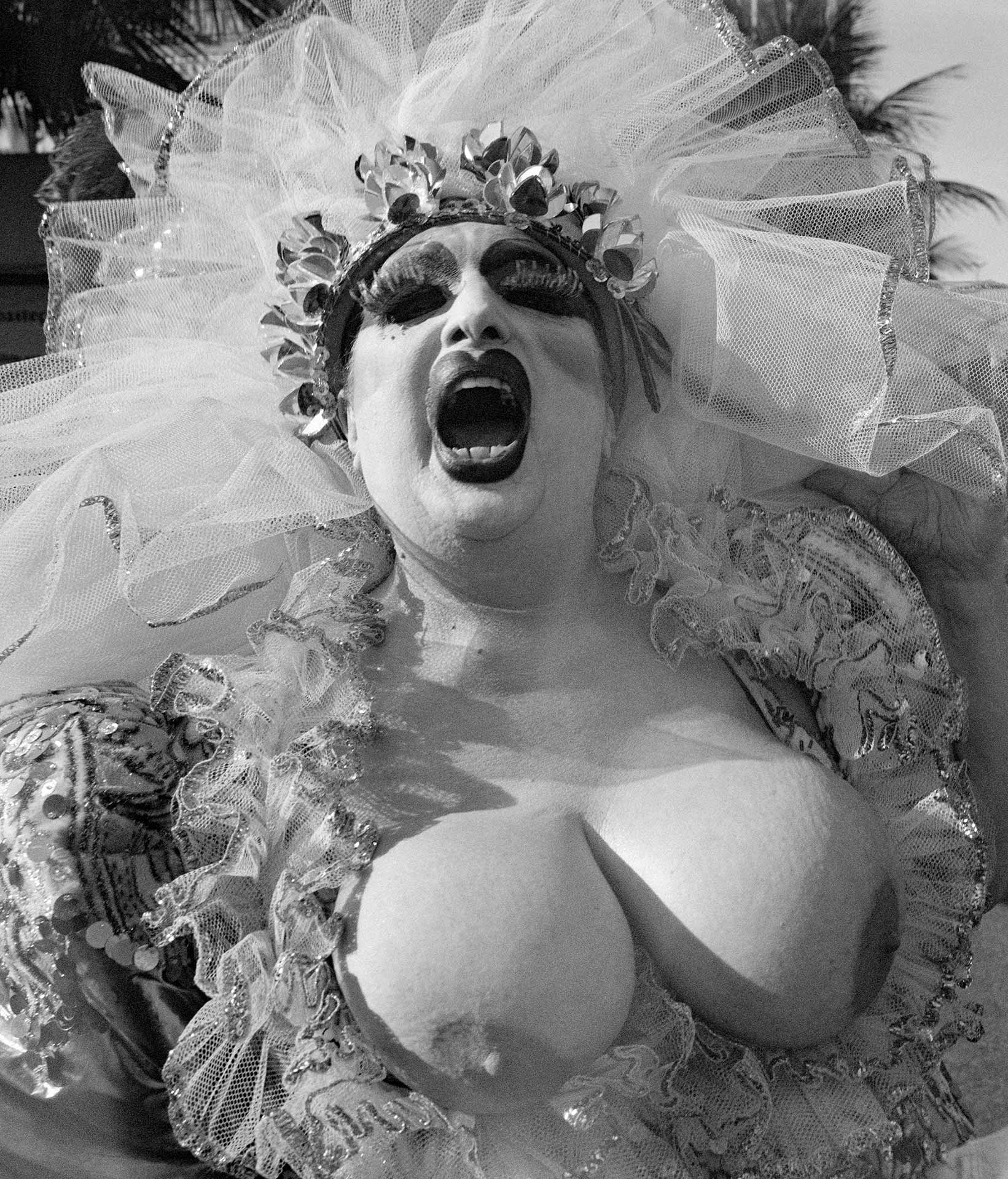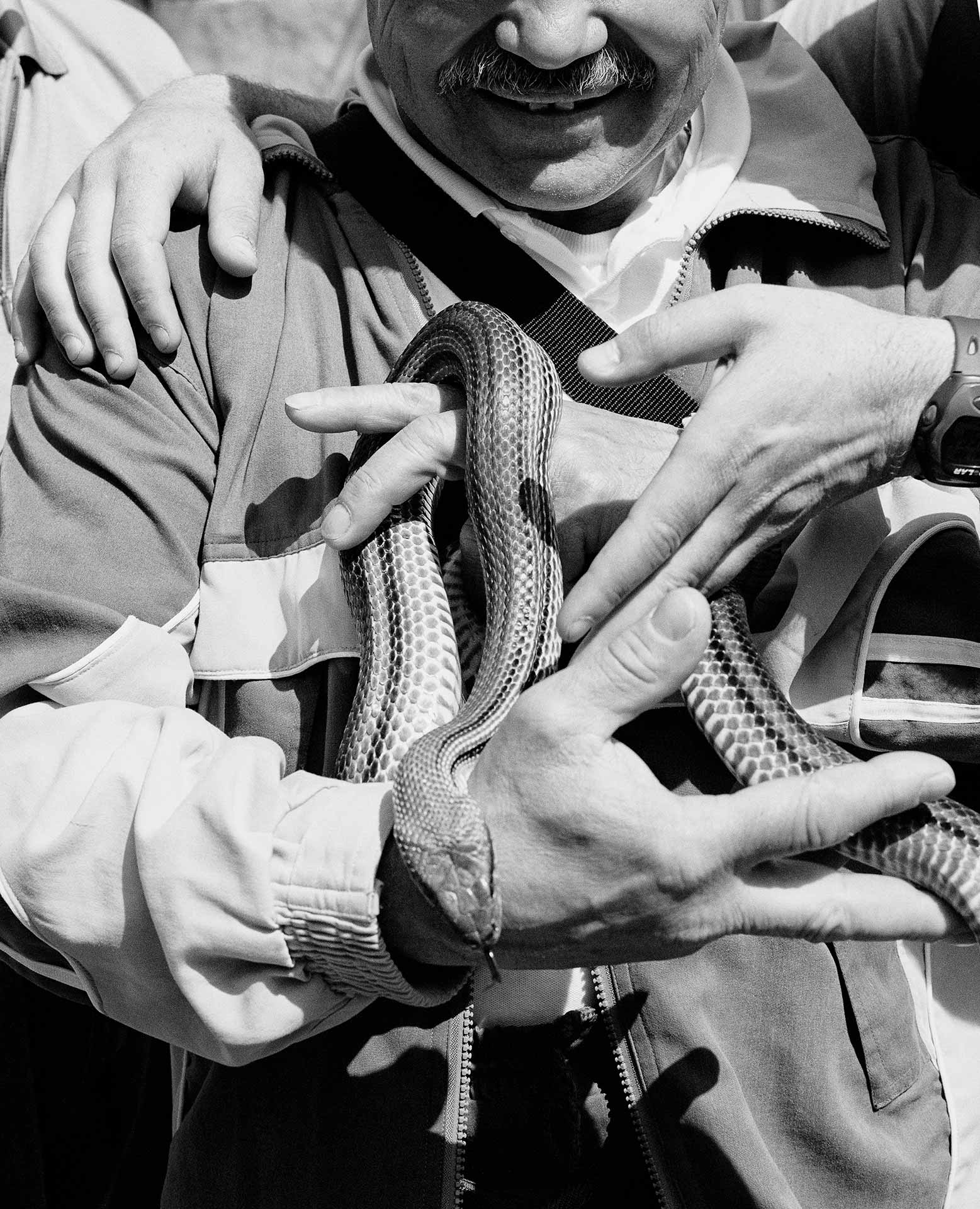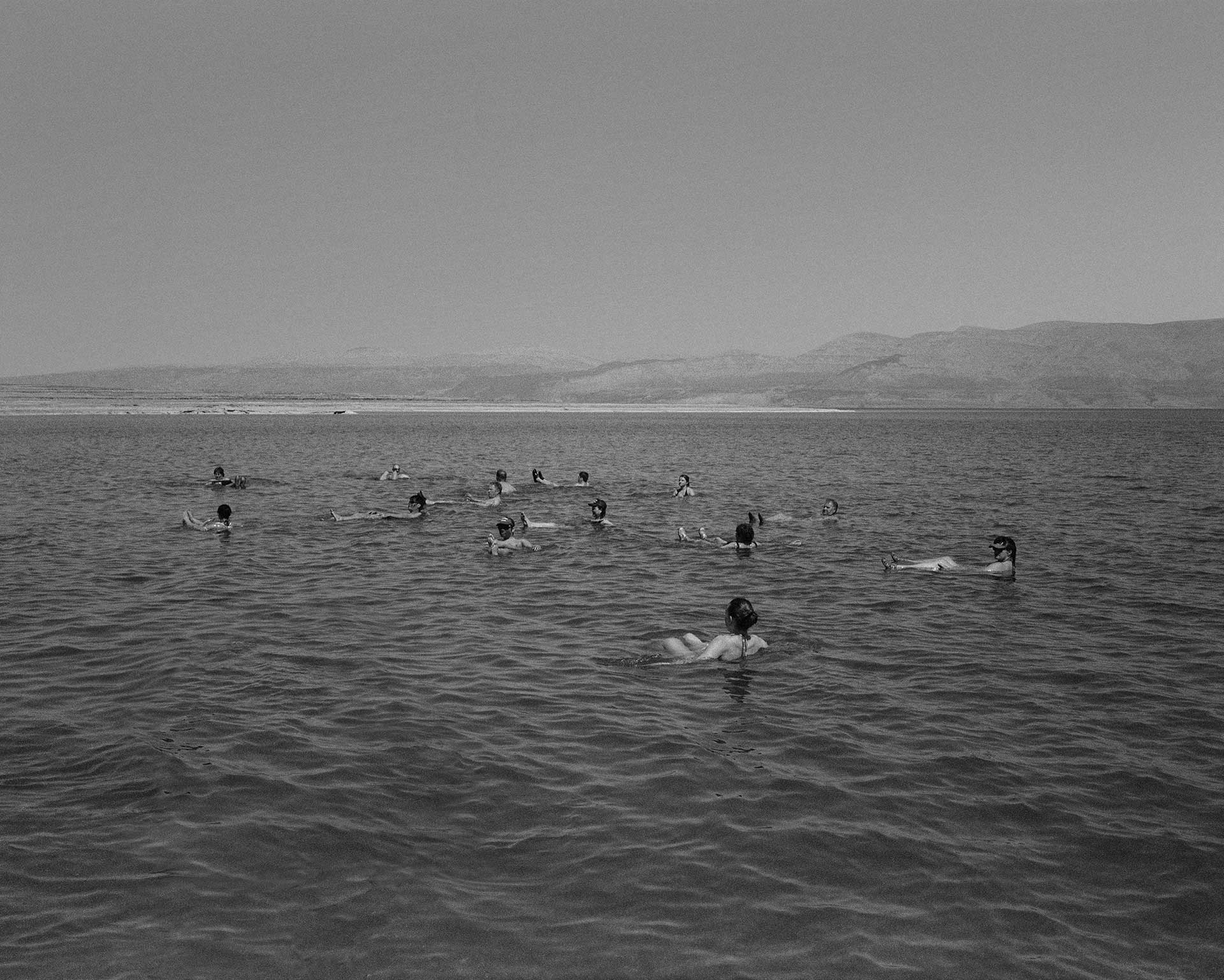The long sequence of images moves forward like a film. This is how Campos approaches the subject of that entropy and uncertainty which affect the real conditions of life in today’s world. His work is characterized by a desire for that redemption and liberation which, in various forms, in different religions and cultures, pushes mankind to search for spirituality. As if in a film or a novel, through his lens upon the city, on townscapes and during his walks on the wild side, Campos narrates life itself, as it becomes impulsive, endemic, through faces and bodies which are off-center, here posed, here caught off-guard, with tribal appearance and religious ceremonies, idols and saints, here and there in the most fantastic places. In Campos’s images we encounter slices of life which, over and above cultural and religious differences, lead the eye to that contrast between black and white in which the artist himself finds “redemption” for the human condition. Campos says, “I have especially worked on the antithesis between light and shade and have let myself be inspired by the light”. In the Gospel “the life was the light of men; and the light shineth in darkness; and the darkness comprehended it not”
(John, 1, 4-5).
MARIO FRANCO
